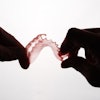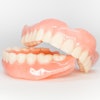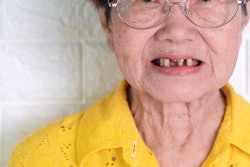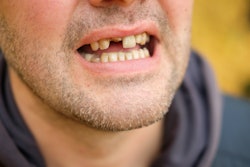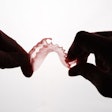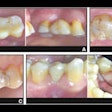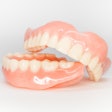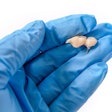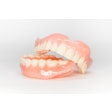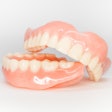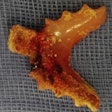
Artificial intelligence (AI) can be a powerful tool for predicting tooth loss, according to the findings of a June 18 study in PLOS One. Algorithms that included medical and socioeconomic data showed promising performance for predicting edentulism, tooth loss, and lack of a functional dentition.
The study used data from almost 12,000 adults who participated in the U.S. National Health and Nutrition Examination Survey (NHANES). Importantly, the algorithms could predict tooth loss without using any dental-specific information.
"Our analysis showed that while all machine-learning models can be useful predictors of risk, those that incorporate socioeconomic variables can be especially powerful screening tools to identify those at heightened risk for tooth loss," stated lead author Hawazin Elani, PhD, an assistant professor of oral health policy and epidemiology at the Harvard School of Dental Medicine, in a press release.
The authors developed five AI models designed to predict complete and incremental tooth loss among 11,977 adults who participated in the 2011 to 2014 NHANES. The algorithms used personal information and medical (but not dental) conditions to predict which of the participants experienced tooth loss.
The authors reported their results using area under the curve (AUC) percentages. The AUC is a metric to evaluate the algorithms' performance: The closer the AUC is to 100%, the better the algorithm is at predicting between classes -- in this case tooth loss or no tooth loss.
All models performed well in the analysis, with AUCs above 80% for identifying various types of tooth loss. The type of algorithm that performed the best predicted edentulism with an AUC of 89%, lack of functional detention with an AUC of 88%, and one or more missing teeth with an AUC of 83%.
The authors also looked at the patient characteristics most important for predicting tooth loss. Socioeconomic factors proved to be far stronger predictors of edentulism, lack of functional dentition, and missing teeth than medical conditions.
Age was the strongest predictor of tooth loss in the analysis. Education, routine dental care, employment, family income, race/ethnicity, and home ownership were also strong tooth loss predictors.
While medical conditions, including arthritis, diabetes, high cholesterol, hypertension, and heart disease, also predicted tooth loss, they did not perform as strongly as the socioeconomic characteristics. Some medical conditions, such as gout, failed to have any predictive power at all.
"Our findings suggest that the machine-learning algorithm models incorporating socioeconomic characteristics were better at predicting tooth loss than those relying on routine clinical dental indicators alone," Elani stated.
The algorithms could one day become a new tool to help identify patients at risk for tooth loss, noted Jane Barrow, executive director of the Initiative to Integrate Oral Health and Medicine at Harvard. Until then, the findings highlight the importance of the social determinants of health, according to Elani.
"Knowing the patient's education level, employment status, and income is just as relevant for predicting tooth loss as assessing their clinical dental status," she said.
